
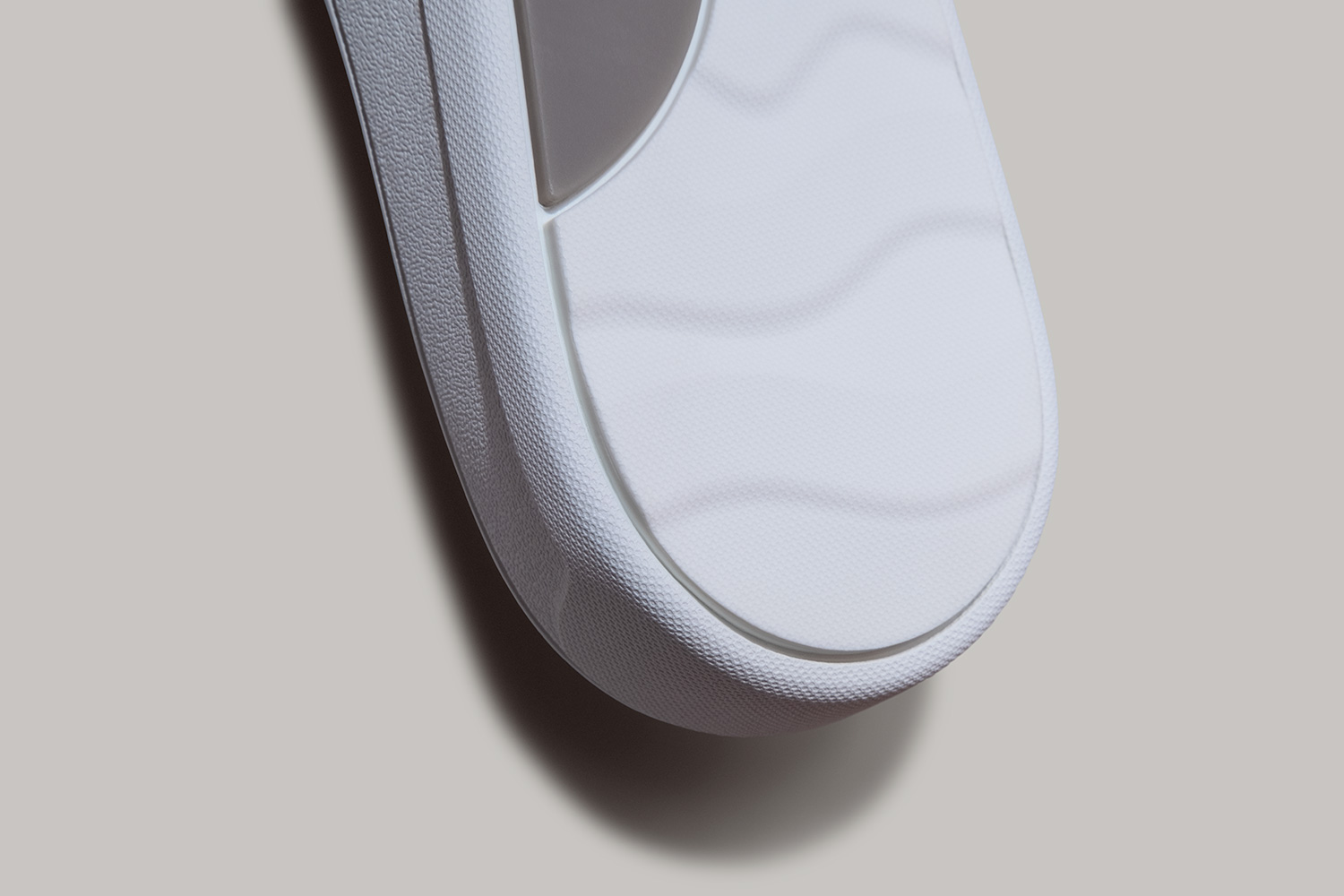
Over a lifetime, most people will probably take somewhere around 200 million steps. That works out at a total of 110,000 miles, which is the equivalent of walking five times around the Earth. In other words: Our feet work very hard. And at Fullup., we understand how important it is for a great pair of sneakers to lighten the load by being comfortable and light.
It all starts with the sole. Technical experts and customers can agree the sole is the most critical element of any pair of sneakers – it must be durable, lightweight, flexible, and comfortable with excellent grip and good shock absorption. Get the sole right, and everything else will follow.
Researchers in the footwear industry have been innovating and improving the materials used in soles since the development of the first mass-produced rubber-sole shoe in 1917, which was invented to stop basketball players from slipping on the court.
But throughout the last century, little attention has been paid to the environmental impact of sole design. After all, the sole is typically the part of the shoe to wear out first, and sneakers can seldom be resoled, let alone recycled.
Common plastic materials, such as PVC, used in conventional sneaker soles contain known toxins that have been associated with health problems, allergic reactions and negative impacts on our air, waterways and food chains. In recent years, a material called EVA has emerged as a relatively healthier, safer alternative but it still contains carcinogens and cannot be recycled, making it a highly pollutive substance.
Neither PVC or EVA would work for Fullup. We knew we had to find a new option that was safe, durable, flexible and easier on the environment. From day one, our international team of artists, eco-conscious engineers, and footwear designers put the sole at the heart of our overall approach, developing our patented FullupLite 360 sole with a minimal, eco-conscious mindset that would set the tone for the rest of the shoe.
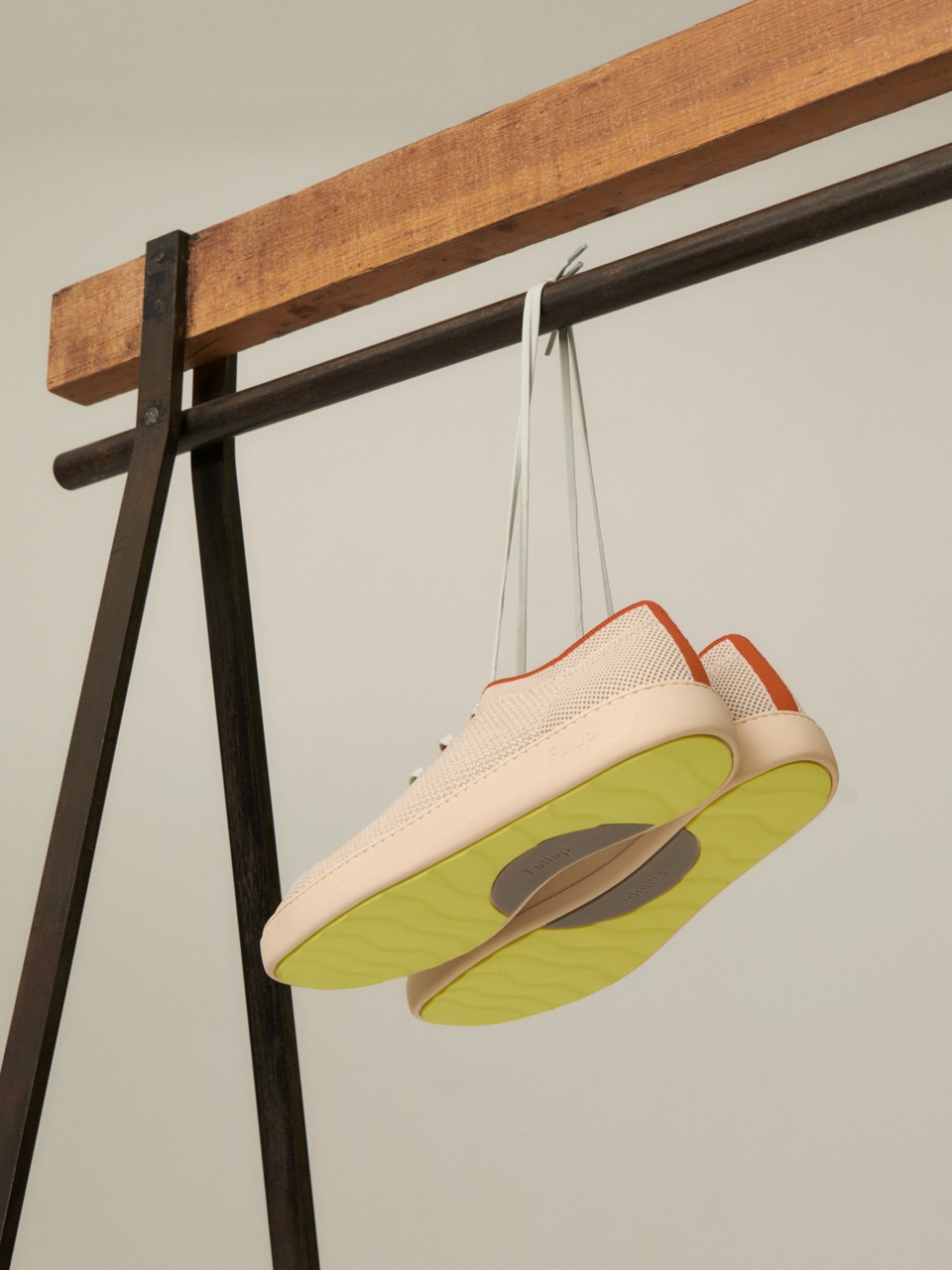
In 2019, a team of Dutch designers unveiled the prototype of our sole, which was developed using state-of-the-art 3D printing processes. “Using 3D-printed prototypes allowed us to easily and quickly evaluate the designs in ‘real life’, as it can be hard to judge a design solely on paper or on a screen,” says Philippe Holthuizen, who oversaw the sole’s blueprint design.
Employing 3D-printing technology instead of traditional CNC molding also helps to reduce air pollution, save energy, and ensure a healthy, safe and low-toxicity work environment.
The result? A sole sleek in appearance and bold in vision, with a playful design and a serious approach to sustainability.
Our FullupLite 360 sole is constructed from an exceptionally durable, light, flexible and recyclable material called foaming TPU. A safer alternative to PVC, TPU is versatile and sustainable, offering premium technical performance in all conditions while eschewing harmful phthalates and hazardous chemicals. What’s more, any material left over during production can be easily reground and upcycled – as can soles from shoes that have reached the end of their lifespan.
At Fullup., it was important to us to create a sole that would take you further for longer. After all, the more durable our shoes are, the fewer sneakers you need to buy in the long run and the less waste we will create as a society. And since poor waste management is a key contributor to climate change and pollution, it is important to produce less of it to safeguard our beautiful planet for the next generations.
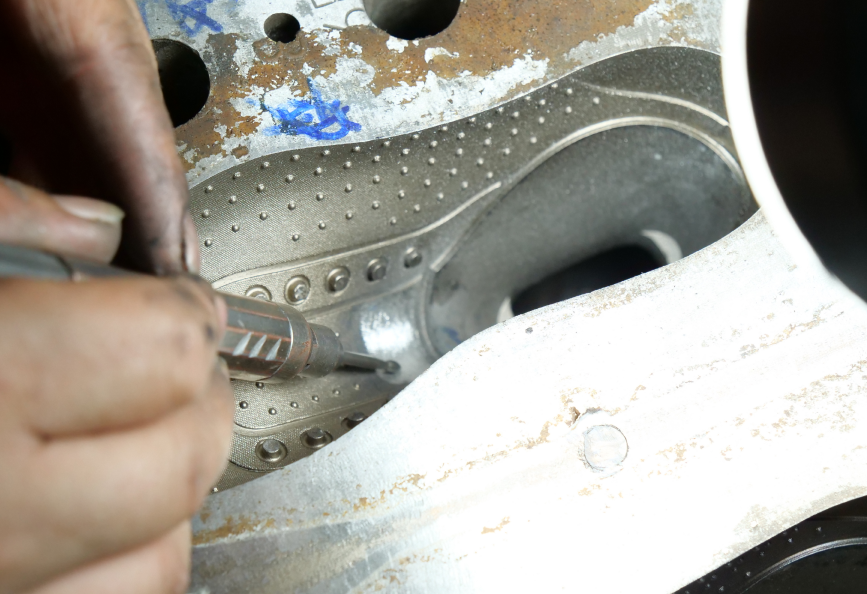


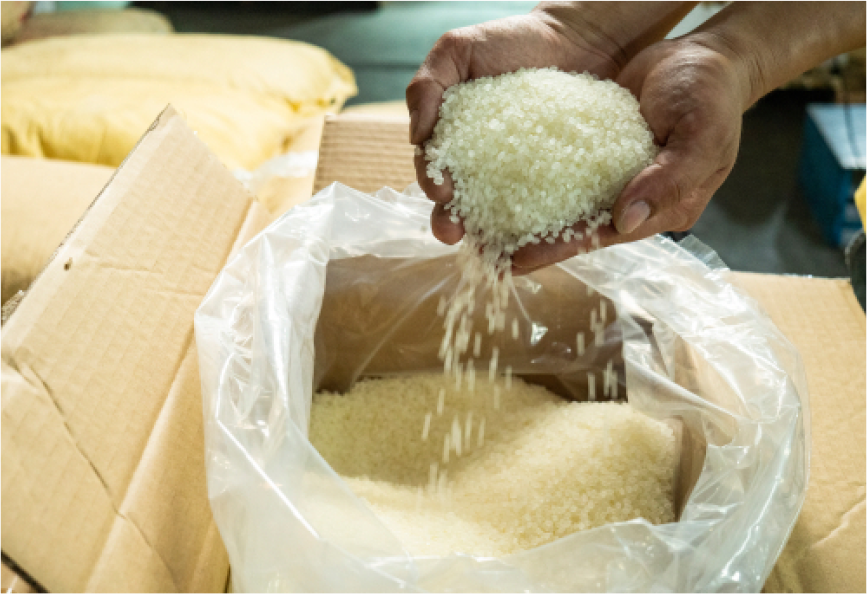
Inspired by the idea of a barefoot walk on a beach, our designers added an elegant wave pattern along the bottom of the sole that serves two purposes. Not only does it add an attractive visual detail, but it also enhances the grip of the soles underfoot.
“The wave design conveys the freedom and playfulness of walking between soft sand and lapping water,” says Holthuizen. “We tried several different outsole designs to communicate this, and in the end, settled on overlapping waves. It’s both timeless and original; I’ve never seen a solution like this in other shoes before.”
The waves are accompanied by two crescent-shaped motifs that conjure images of the sun and moon in a clear sky – each symbolized in a half-circle that features the Fullup. wordmark. When the shoes are placed side by side, they complete the circle. It’s a playful touch that offers a subtle nod towards the closed-loop manufacturing process we strive to achieve in the future.
For example, we hope to introduce a recycling program where we collect used Fullup. sneakers, detach the fully recyclable soles and transform them into new products. This project is currently in the conceptualization phase but will be revealed when the time comes.
The footwear industry needs to take a step up to reduce its ecological footprint. We’re proud to invest in ground-breaking research that helps us challenge the way we think about sole design and minimize our long-term impact. Fullup.’s stylish, eco-conscious sneakers have been built from the sole up to balance ethical production and maximum comfort.

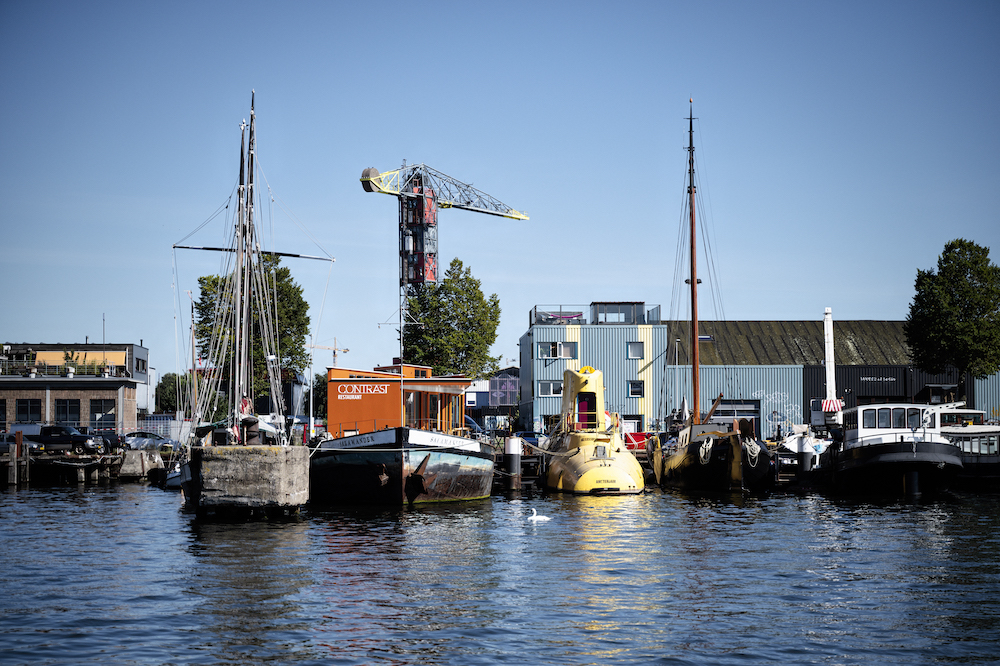

We are committed to making minimalist, durable lifestyle products that you can FEEL GOOD about wearing. Our extensive EXPERIENCE in the fashion industry enables us to source our most premium and durable materials, develop a streamlined and traceable supply chain, and create versatile sneakers with STYLE and LONGEVITY in mind. After all, the longer we can wear each pair of shoes, the less waste we produce.
© 2022 Fullup.Official